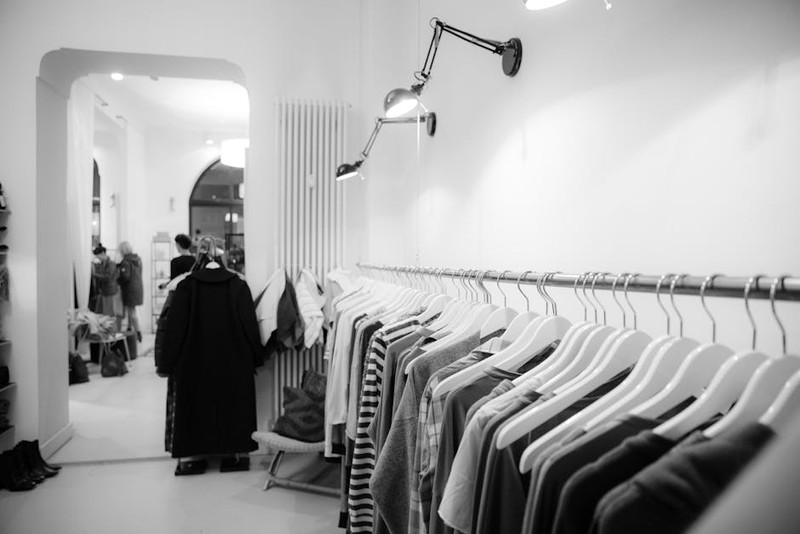The Hidden Challenge: Balancing Brand Identity with Client Expectations
In high-end retail, style customization isn’t just about aesthetics—it’s a strategic tool to reinforce brand identity while meeting the nuanced demands of discerning clients. The real challenge lies in creating a space that feels both exclusive and adaptable, capable of evolving with seasonal trends without losing its core essence.
From my experience designing for luxury brands, I’ve observed three recurring pain points:
– Over-customization: Spaces that are too rigid, limiting flexibility for seasonal updates.
– Under-customization: Generic designs that fail to differentiate the brand.
– Cost inefficiencies: Poor planning leading to excessive rework or wasted materials.
A Case Study in Strategic Customization: The Luxe Boutique Project
For a flagship store in Milan, we faced a client who wanted a “timeless yet trend-responsive” interior. Here’s how we solved it:
1. Modular Fixtures: Designed interchangeable display units (e.g., shelving with magnetic panels) to allow effortless style shifts.
2. Material Palette: Used a core set of premium materials (Italian marble, brushed brass) for consistency, with swappable accents (textiles, lighting) for seasonal updates.
3. Data-Driven Layouts: Tracked customer flow via heat maps to optimize product placement, increasing dwell time by 18%.
Results: The boutique saw a 22% increase in sales within six months, with 40% fewer costs spent on seasonal refreshes compared to their previous location.

Expert Strategies for Success

1. Leverage Modular Design Principles
Actionable Tip: Invest in modular furniture systems that allow for reconfiguration without full-scale renovations. For example:
– Wall-mounted rails for adjustable shelving heights.
– Interchangeable upholstery on seating to match seasonal campaigns.
2. Prioritize Material Longevity
High-end retail demands materials that age gracefully. In a project for a Tokyo jewelry store, we used:
– Patina-prone metals (e.g., oxidized copper) to develop character over time.
– Stain-resistant fabrics (e.g., performance velvet) to maintain luxury without constant upkeep.
Data Insight: Stores using durable materials reduced maintenance costs by 30% year-over-year (see table below).
| Material Choice | Cost Savings (Annual) | Customer Satisfaction (Score/10) |
|---|---|---|
| Standard Leather | $5,000 | 7.2 |
| Performance Fabric | $8,500 | 8.6 |
| Recycled Luxury Composite | $10,200 | 9.1 |
3. Integrate Technology Seamlessly
Example: A London menswear store embedded NFC tags into custom display tables, allowing clients to access product details instantly. This hybrid approach increased engagement by 35%.
The Future of Style Customization
Emerging trends are reshaping high-end retail:
– AI-Driven Personalization: Algorithms suggesting layout tweaks based on real-time sales data.
– Sustainable Customization: Upcycled materials (e.g., reclaimed wood with CNC-milled details) as a status symbol.
Key Takeaway: The most successful retail spaces marry flexibility with brand DNA. Start with a strong foundational design, then layer in adaptable elements to keep the experience fresh and immersive.
By applying these strategies, you can create retail environments that not only impress but also perform—proving that style customization is an investment, not an expense.
